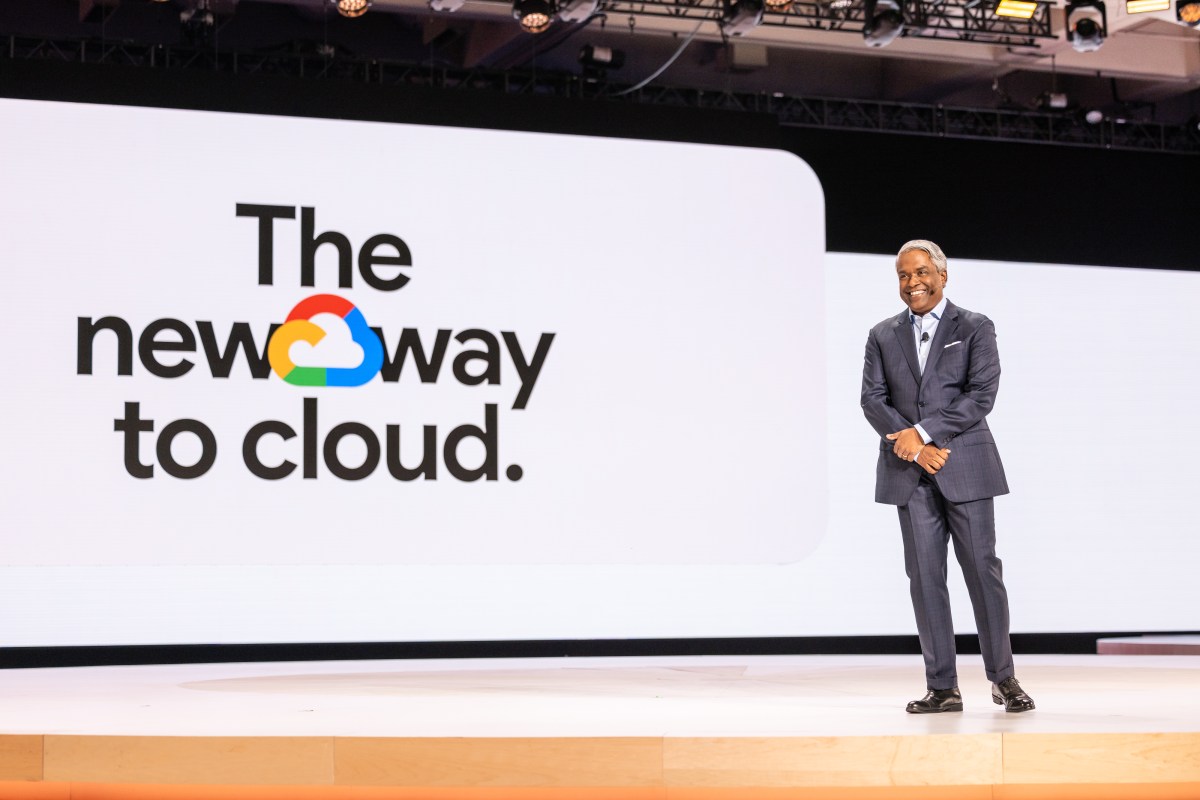Billionaire Elon Musk has just been countersued by OpenAI, but that isn’t stopping his AI company, xAI, from making its flagship Grok 3 model available via an API.
It has been several months since xAI unveiled Grok 3, the company’s answer to models like OpenAI’s GPT-4o and Google’s Gemini. Grok 3 can analyze images and respond to questions, and powers a number of features on Musk’s social network, X, which not-so-coincidentally was acquired by xAI in March.
xAI is offering two flavors of its flagship model via its API: Grok 3 and Grok 3 Mini with “reasoning” capabilities.
Grok 3 is priced at $3 per million tokens (~750,000 words) fed into the model and $15 per million tokens generated by the model. Meanwhile, Grok 3 Mini will cost $0.30 per million input tokens and $0.50 per million output tokens.
Speedier versions of Grok 3 and Grok 3 Mini are available at a premium: $5 per million input tokens and $25 per million output tokens for Grok 3; and $0.60 per million input tokens and $4 per million output tokens for Grok 3 Mini.
Grok 3 isn’t cheap relative to the competition. xAI is matching the pricing of Anthropic’s Claude 3.7 Sonnet, which also offers reasoning capabilities, but it is more expensive than Google’s recently released Gemini 2.5 Pro, which achieves generally higher scores than Grok 3 across popular AI benchmarks. (Notably, xAI has been accused of being misleading in its Grok 3 benchmark reports.)
As several users on X pointed out, Grok 3 via xAI’s API also has a smaller context window than the model is supposedly capable of supporting. (“Context window” refers to how many tokens the model can process in one go.) The API maxes out at 131,072 tokens, or roughly 97,500 words — short of the 1 million tokens xAI claimed that Grok 3 supported in late February.
When Musk announced Grok roughly two years ago, he pitched the AI model as edgy, unfiltered and anti-“woke” — in general, willing to answer controversial questions other AI systems won’t. He delivered on some of that promise. Told to be vulgar, for example, Grok and Grok 2 would happily oblige, spewing colorful language you likely wouldn’t hear from ChatGPT.
But Grok models prior to Grok 3 hedged on political subjects and wouldn’t cross certain boundaries. In fact, one study found that Grok leaned to the political left on topics like transgender rights, diversity programs and inequality.
Musk has blamed that behavior on Grok’s training data — public web pages — and pledged to “shift Grok closer to politically neutral.” Short of high-profile mistakes like briefly censoring unflattering mentions of President Donald Trump and Musk, it’s not yet clear whether xAI has achieved that goal at the model level, and what the long-term consequences might be.






